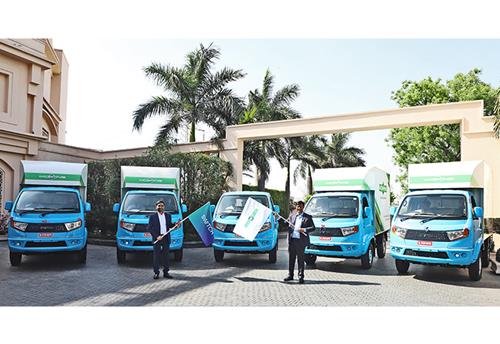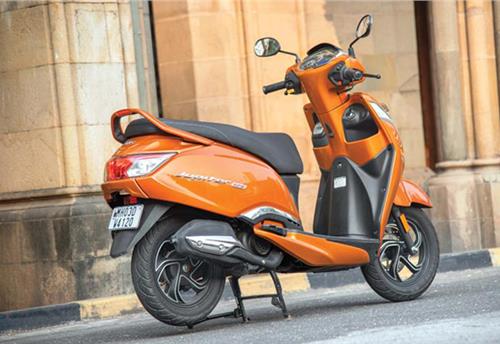First 3D metal spare part for trucks rolls out
In the Customer Services & Parts division, automotive 3D printing began its increasing success in the production departments for the aftersales and replacement parts business a year ago.
MERCEDES-BENZ TRUCKS has taken 3D printing a stage further: the first printed spare part made of metal, a thermostat cover for truck and Unimog models from older model series, has passed all the stages of the stringent quality assurance process at Mercedes-Benz smoothly.
"With the introduction of 3D metal printing technology, Mercedes-Benz Trucks is reasserting its pioneering role among global commercial vehicle manufacturers," says Andreas Deuschle, Head of Marketing & Operations in Customer Services & Parts at Mercedes-Benz Trucks. "We ensure the same functionality, reliability, durability and cost-effectiveness with 3D metal parts as we do with conventionally produced parts."
In the Customer Services & Parts division, automotive 3D printing began its increasing success in the production departments for the aftersales and replacement parts business a year ago.
Since then, Customer Services & Parts has worked together with the researchers and pre-developers at Daimler AG to constantly improve and expand the use of the latest 3D printing processes for plastic parts. The company says 3D printing of high-quality plastic components has now successfully established itself as an additional production method, and is particularly suitable for the production of smaller batches.
NEW POSSIBILITIES
Metal parts from the 3D printer excel with their very high strength and thermal resistance, and the process is therefore particularly suitable for the production of mechanically and thermally stressed components required in small numbers.
Metallic components can be produced ‘at the touch of a button’ with any geometry and in any numbers. 3D replacement parts production began with rarely ordered aluminium parts. These excel with almost 100 percent density and greater purity than conventional die-cast aluminium parts.
Apart from their high strength and hardness, as well as high dynamic resistance, their production requires no cost-intensive development work or procurement of special tools. Conceivable areas of use are peripheral engine parts made of metal, in-engine parts and also parts in cooling systems, transmissions, axles or chassis. Especially when they have complex structures, 3D-printed metal parts in small numbers can be produced cost-effectively as infrequently requested replacement parts, special parts and for small and classic model series.
"The availability of spare parts during a workshop visit is essential for our customers – no matter how old the truck is, or where it is located. The particular added value of 3D printing technology is that it considerably increases speed and flexibility, especially when producing spare and special parts. This gives us completely new possibilities for offering our customers spare parts rapidly and at attractive prices, even long after series production has ceased," says Deuschle.
In the future, 3D metal printing might allow decentralised and therefore much faster, local production directly in Mercedes-Benz production locations globally. This would further improve parts availability: expensive warehousing and the associated, complex transport processes would be unnecessary, with delivery times made shorter for customers.
RAPID AVAILABILITY
The new thermostat cover is an example of cost-effective spare and special parts production in top quality, made possible by use of the 3D printing process for highly resistant metal parts made of die-cast aluminium alloy.
This replacement part is only ordered in small numbers, and is used in older truck and Unimog models whose production ceased around 15 years ago. This example shows the ability to produce and offer components that are no longer installed in current series production vehicles, or are only produced in very small batches.
Thanks to advancing digitisation, even highly specific metal components can be ordered from Mercedes-Benz Trucks and delivered anywhere in the world on request.
In contrast to the Selective Laser Sintering (SLS) used in the plastics sector, 3D printing of metallic components uses Selective Laser Melting (SLM). In the case of the thermostat cover, for example, the powdered aluminium/silicon material (ALSi10Mg) is applied in individual layers and melted by an energy source — usually one or more lasers. When one layer is completed, a new layer of powder is applied automatically and the melting process is repeated.
The process is repeated until a high-strength, three-dimensional aluminium component suitable for use in areas of high temperature has been produced. Thanks to the layered structure, the process also offers a level of geometrical freedom that cannot be matched by any other production method.
Human robot cooperation takes a new leap of faith

THE SMART FACTORY has come closer to reality at the Audi plant in Ingolstadt in the form of a new robot colleague in the assembly of A4 and A5 models. The latest development sees people and robots now working there side by side without a protective fence.
“Adhesive application with robot assistance,” abbreviated from the German as KLARA, provides support with the installation of roofs made of carbon fibre reinforced polymer (CFRP) in the new RS 5.
For the first time, the German carmaker is using an HRC light robot in its main plant for applying adhesive in final assembly. Similar robots are already integrated into production in the body shops in Ingolstadt and Brussels as well as in engine assembly in Gyr.
THE FUNCTIONALITY
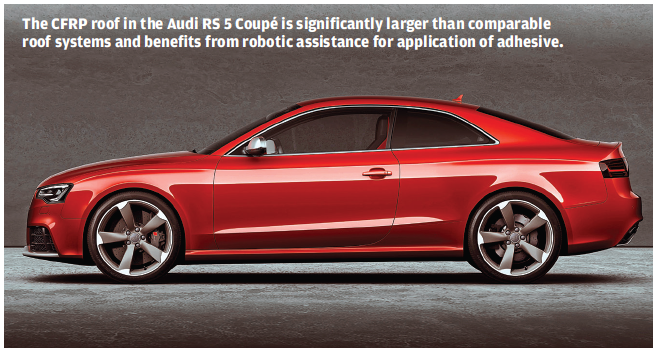
As a first step, an employee places the carbon fibre reinforced polymer roof on a rotary table and tilts it. The application of adhesive is triggered by pressing and holding a button. An illuminated ring indicates when KLARA has precisely applied adhesive over a length of more than five metres. The robot then signals that the roof is ready for installation. The employee takes the roof with the aid of a handling device and installs it in the car. The CFRP roof is optional equipment in the new Audi RS 5 Coupe and is significantly larger than comparable roof systems. A person would therefore not be able to apply the adhesive as reliably and accurately as KLARA.
NO PROTECTIVE FENCE SAVES SPACE
Unlike conventional robots, KLARA does not require a protective fence, which means that the working spaces of human and machine blend into one. This saves considerable space at the assembly line and allows HRC to be integrated into the production line.
The employee is in control, initiates the application of adhesive and can halt the process at any time. Sensors in the robot arm recognise when a human is touched and automatically stop any movement in the case of danger. KLARA also indicates any danger with the illuminated ring: It lights up in red if there is any disturbance.
All equipment components were preassembled on a base plate. This allowed KLARA to be installed and put into operation within a short time. Integration took place without any interference in the existing assembly line. An alternative solution for applying adhesive to the new roofs would only have been possible with far greater effort and expense.
(This article was first published in the August 15, 2017 print edition of Autocar Professional)
RELATED ARTICLES
Elon Musk slated to unveil USD 2-3 billion India investment on visit next week: Report
Musk is expected to meet the Prime Minister on Monday and expected to unveil plans to enter the world's third-largest au...
Hinduja Group's Switch Mobility signs MoU with MoEVing for 2,500 electric delivery vehicles
Five SWITCH IeV4 vehicles from the initial order for 100 vehicles have been delivered.
TVS Motor Company wins top honours in J.D. Power 2024 India Two-Wheeler IQS and APEAL Studies
TVS Motor Company has now secured 7 J.D. Power model awards.





 15 Sep 2017
15 Sep 2017
 6040 Views
6040 Views



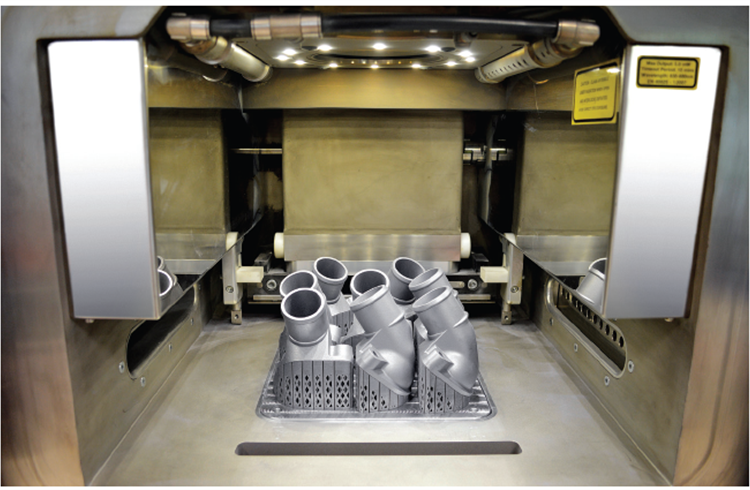
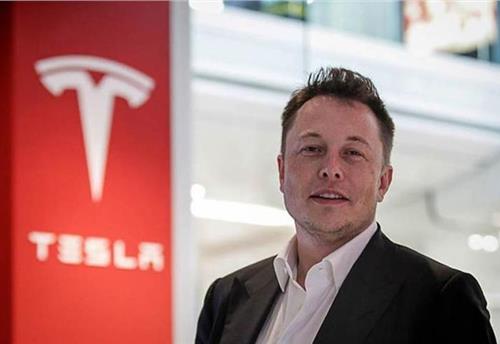
 Autocar Pro News Desk
Autocar Pro News Desk

